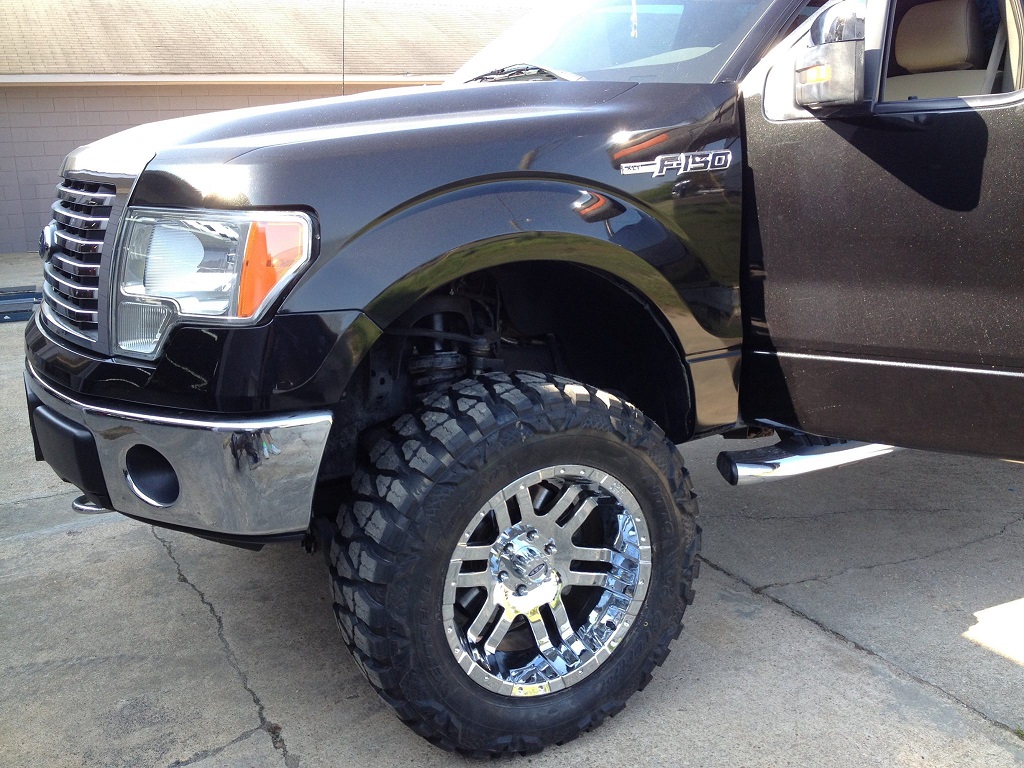
Each vehicle's appearance is enhanced by the calculated design, which also enhances the approach angle when driving off-road. When buying a car, we generally go with the design and approaching capability but, there are numerous factors to consider. Have you ever given the "drive system" any thought? Some folks could be thinking, "If you can run, then no matter how many tires are turning, there won't be much of a problem." That's not the case, though. The parts of a car and its system of it are much more important than its appearance. However, let's look at the difference from the viewpoint of driving 4wd parts and their merits.
Different 4wd Parts
4WD is a system in which all four wheels are driven. Various parts in a 4WD vehicle function like different mechanisms and make a difference in every vehicle.

Let’s Know Some of Them:
#1. Full-time 4WD: Full-time 4WD refers to a drive system that continuously distributes engine power to all of the front and rear wheels, regardless of off-road such as unpaved roads, roads with numerous uneven surfaces, etc., or on-road road conditions. The inner wheel of 4wd parts difference that happens when turning a curve is avoided thanks to the center differential gear, which plays a part in correcting the rotational difference between the front and rear wheels. In addition, when the "differential lock" mechanism that can stop the center differential function is installed, even if the grip force (the force that the tires grasp the road surface and propulsion) has been lost, the power of the engine can be transmitted to the remaining wheels.
#2. A 4WD Standby: The standby type of 4wd is a drive system that automatically shifts to 4WD driving when there is a rotational difference between the front and rear wheels owing to acceleration during cornering or the beginning of slippery road surfaces, etc. This drive system is also known as "on-demand 4WD." The majority of the cars that use this drive system are FF-based, and the propeller shaft has a device called "rotational differential torque transmission device" that distributes power to the transfer's rear wheels.
#3. Part-Time 4WD: Part-time 4WD is a drive system that allows you to drive 2WD under normal conditions and switch to 4WD at any time when necessary. The transfer is activated by the driver by operating a lever or switch, and the power of the engine can be distributed immediately to the wheels that are not driven during normal driving. Also, unlike full-time 4WD, it does not have a center differential system.
#4. Electric 4WD or Hybrid 4WD: An electric 4WD is a 4WD mechanism installed in hybrid vehicles that has a "motor" as a driving force on the front and/or rear wheels. That’s why this is also known as hybrid 4wd. In this system, the motor of 4wd parts drives the wheels on which the power of the engine is not transmitted according to the road surface conditions at the time by computer control.
Conclusion
The biggest advantage of driving 4wd parts is that you can use the power of the car (the number of engine outputs, usually expressed in units of kW and ps) to the last minute. What does this mean? It means while both 2WD and 4WD are usually capable of doing so on-road at speeds of 50 km/h, less than a few percent of the maximum power, both cars require a lot of driving power when off-road or stuck. So, the power is diversified whenever there is an immediate need. The power is divided and shifted to the rare wheels if your machine demands the need. That is the amazing feature of 4wd parts.